WM Welly Merck GADA WM226M
The WM Watches WM226 Glacier Collection brings fresh dial designs — inspired by glaciers and auroras — to the brand’s proven flagship platform.
9/27/20256 min read
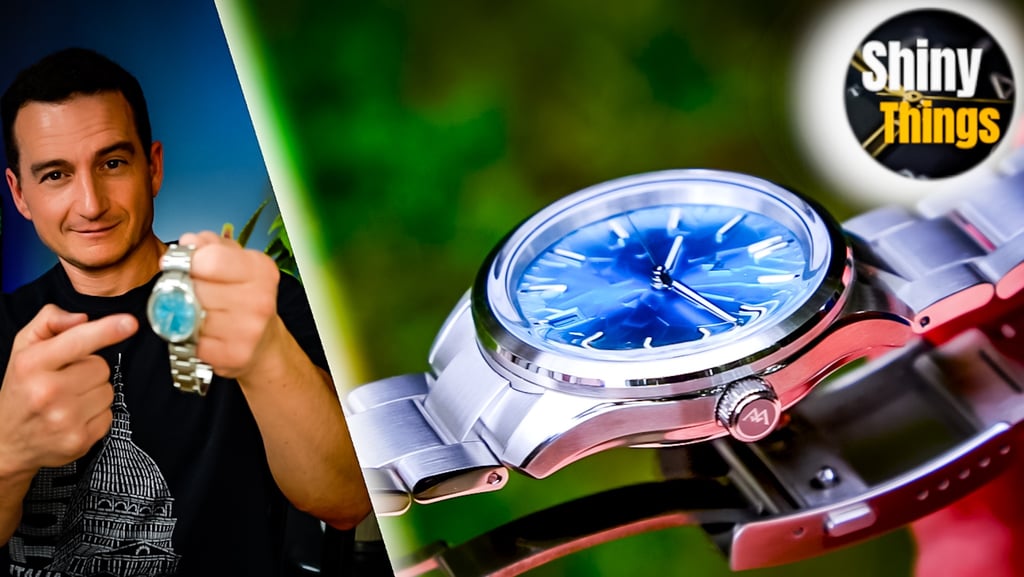

Omega does it. Grand Seiko does it. Even Rolex does this thing. They take a proven platform, one of their most popular cases, and reinvent it over and over again with new dial variations. Sometimes it’s a seasonal theme, sometimes it’s an anniversary edition. And it works — collectors don't seem to mind at all. Well, WM Watches seems to have learned from the best. This new WM226 is essentially their flagship 227 model… but reimagined through a whole new “Glacier and Aurora” dial series. So, does this approach deliver the same kind of magic? Well, we have it here! Let’s take a closer look.
...
Design
From the outside, the WM226 is immediately recognizable if you’ve seen the WM227. Same case, same bracelet, same proportions. And honestly, that’s a good thing. The 227 has already proven itself to be a very robust, versatile platform, and WM has smartly kept it intact here.
The big difference, of course, is the dial. This collection is called the Glacier Series, and it comes in three distinct flavors. The Ice Blue version, which I have here, is inspired by fractured glacier ice reflecting the sky. We get a textured, crackled surface with a gradient from darker in the center to lighter toward the edges. It’s subtle but striking — the kind of detail that catches the light and makes you stop for a second look.
Then there are the two Aurora versions — Aurora Red and Aurora Purple. These take the same glacier crack texture but overlay it with bold aurora-inspired tones, and it is meant to look like the northern lights reflecting off ice. Now, in real life, I’ve only ever seen green auroras, not red or purple, but conceptually it’s still interesting. They’re definitely conversation starters, and while they’re bolder and less natural than the Ice Blue, I can see them appealing to collectors who want something more eye-catching.
Layout-wise, it’s clean and well thought out. The applied indices are polished and faceted, catching light nicely. The six o’clock date window is color-matched, which keeps the symmetry intact, though I’ll note that in lower light it can be a bit harder to read the date at a glance.
So overall, the design philosophy here is clear: take a solid, proven case and movement, then give it a fresh identity with dials that carry a real narrative. It’s a smart move — and very much in line with what the big Swiss and Japanese brands do.
Dimensions
On paper, the WM226 keeps the exact same footprint as the WM227. We have 20mm lugs here. The case measures 39 millimeters across, 12.6 millimeters thick including the crystal, and a lug-to-lug of 45.6 millimeters. But with those protruding end links, the effective lug-to-lug stretches out to 51.5.
That’s an important number. It means this will wear comfortably on wrists starting from about 6.25 inches and up, but might feel a bit oversized on anything slimmer. At about 149 grams, sized for my about seven-inch wrist, it sits solid and well balanced.
Case
The case design hasn’t changed from the 227, and that’s no bad thing. We get a stainless steel body with brushing across the top surfaces and polished chamfers that run along the flanks, adding a touch of elegance. The lugs slope down nicely, and while the end links extend the footprint, they do curve fairly sharply to help the watch hug the wrist.
The bezel is fixed, with brushed and polished surfaces that keep things visually interesting without being flashy. The signed crown is screw-down, slightly recessed into the case, and it operates smoothly. Flip it over and we’ve got a sterile screw-down caseback with simple circular brushing. Not fancy, but functional. And together with that screw-down crown, we have 100 meters of very plosable water resistance.
Crystal
Up top is a double-domed sapphire crystal, raised slightly above the bezel. It provides excellent scratch resistance and has just the right amount of distortion at the edges to add character. WM has also applied anti-reflective coating, which does a good job cutting down glare and letting the dial texture shine. For a watch at this price, the crystal execution is very good.
Dial & Lume
Back to the star of the show — the dial. As mentioned earlier, this Ice Blue glacier texture is subtle yet striking. Under bright light, the texture pops, creating a shimmering, icy effect. In softer lighting, it takes on a more subdued, natural look — almost like looking into a frozen surface that’s been cracked by shifting ice.
The indices are applied and faceted, giving great light play, and the handset is classic and proportionate. The six o’clock date is well integrated, with a matching background. Again, legibility dips a bit in low light, but it’s a trade-off I’m okay with for that slightly cleaner look.
As for lume, it’s on par with what you’d expect from a solid sports watch in this segment. Not dive-watch bright, but the hands and indices glow well enough to be useful in the dark. It’s practical, not a party trick, and I think that’s appropriate here.
Bracelet
The bracelet follows the same oyster-style design as the 227, with brushed top surfaces and polished sides. It’s flexible, comfortable, and feels secure. The clasp is milled, signed, and features a solid scissor mechanism with micro-adjust holes.
Now, here’s where some of the shortcomings show. First, the links are still secured with pins rather than screws. Perfectly functional, but a little underwhelming for what WM positions as a flagship model. Second, while the clasp is sturdy, there’s no on-the-fly adjustment. You can size it fine with the micro-adjusts, but at this level it would’ve been nice to see a step up in refinement.
That said, the bracelet balances the watch head nicely, and once sized, it wears very comfortably. So, it’s a good bracelet overall — just not quite exceptional.
Wearability
On the wrist, the WM226 feels robust and balanced. The bracelet tapers to 18 millimeters at the clasp, which suits the proportions well. At 149 grams, it has presence without being tiring. The protruding end links do mean it’s best for medium to larger wrists, but for those who fit, it wears like a versatile daily piece — dress it up, wear it casually, even take it swimming thanks to the 100m WR.
Verdict
So, where does that leave us? The WM226 is basically the WM227’s twin, but with a fresh identity thanks to these Glacier and Aurora dials. WM has clearly taken a page from the big-brand playbook — using a proven case and movement, then reimagining it through dial variations that tell a story. And I think they’ve pulled it off nicely.
It’s not without compromises. The protruding end links stretch the effective lug-to-lug, making it better suited to wrists above 6.25 inches. The bracelet still uses pins instead of screws, there’s no on-the-fly adjustment, and the NH35, while reliable, is hardly exciting.
But stack that against the positives: solid stainless steel construction with sharp finishing, sapphire crystal with AR coating, screw-down crown, 100 meters of water resistance, and a genuinely distinctive dial execution. At around $170 before tax, it feels like strong value. If a brand like Seiko or Citizen released something similar, you’d expect it to land closer to the $350 or even $400 mark.
So my takeaway is simple: the WM226 doesn’t reinvent the wheel, but it does refine a solid platform and give it a fresh character. For collectors looking for a versatile GADA watch with a dial that actually stands out, this is an easy piece to recommend. What do you think? Does the Glacier or Aurora theme work for you?
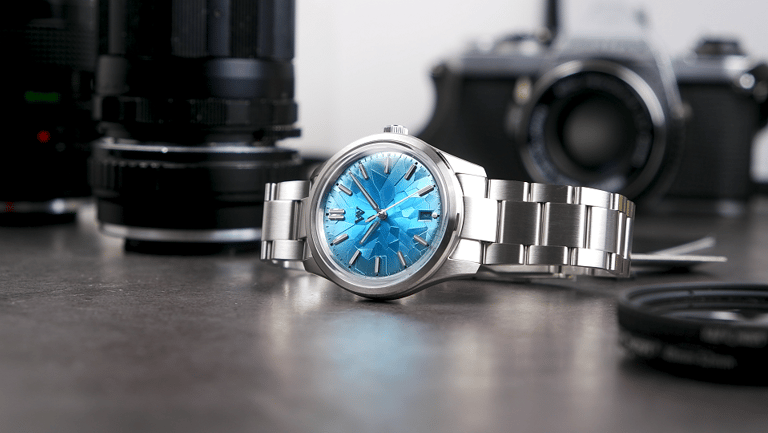

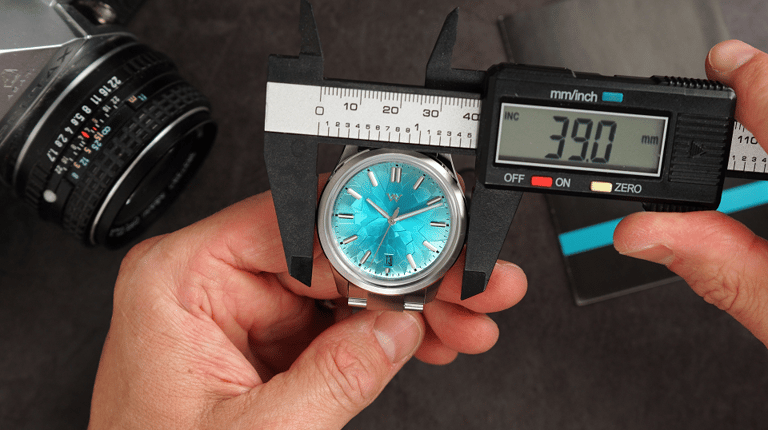

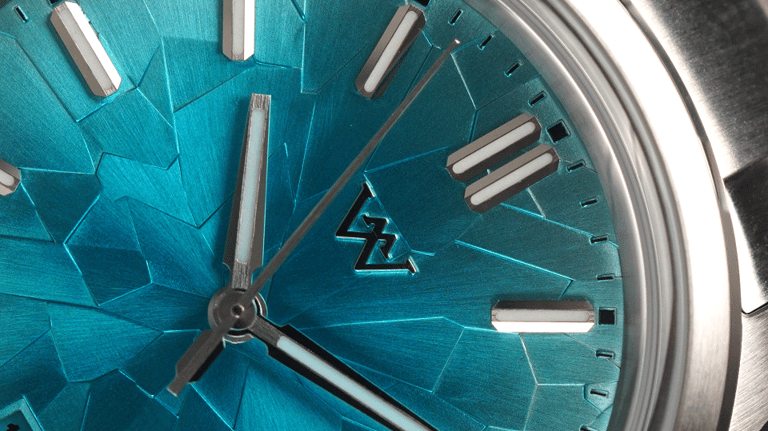

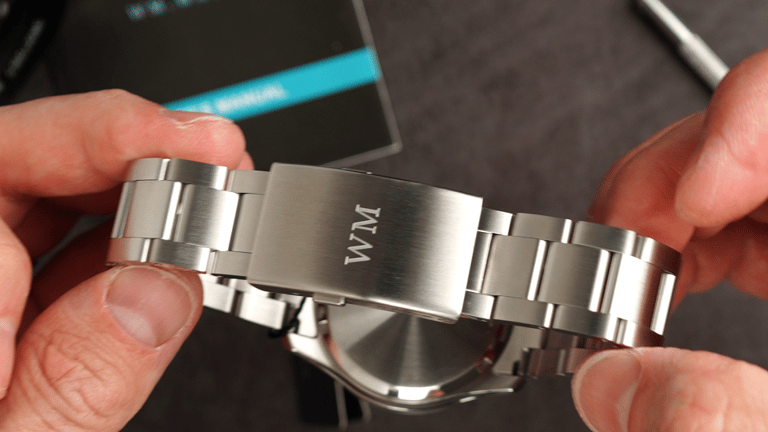

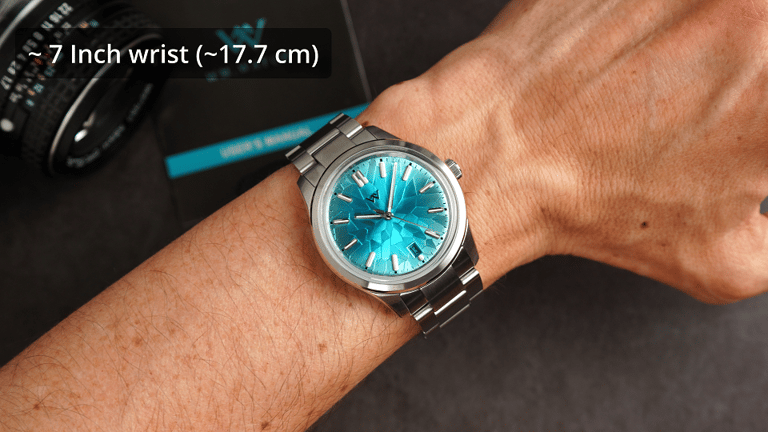

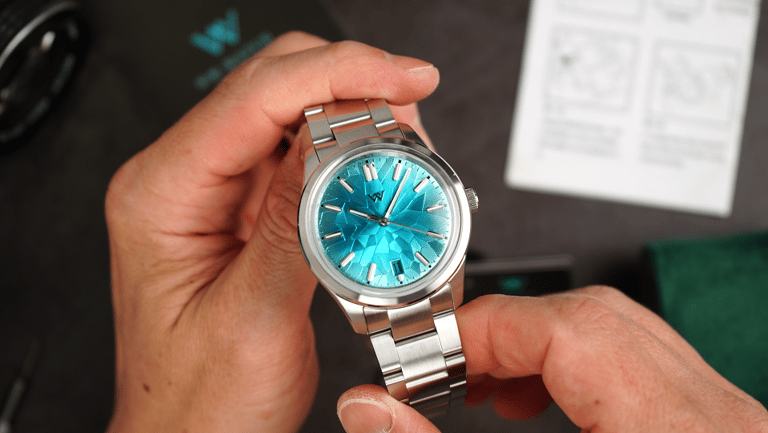

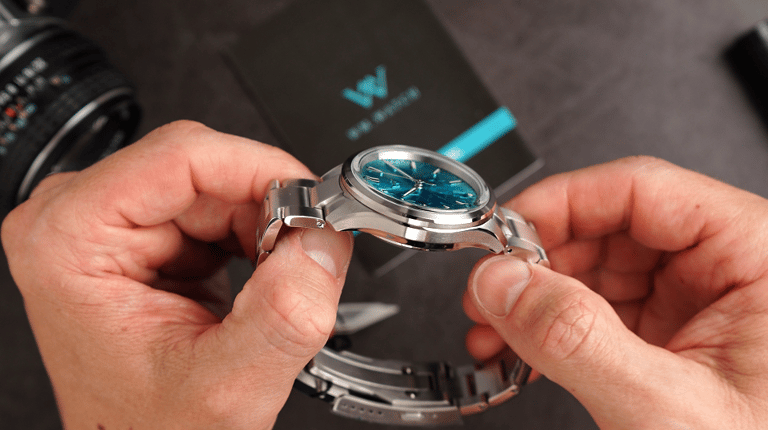

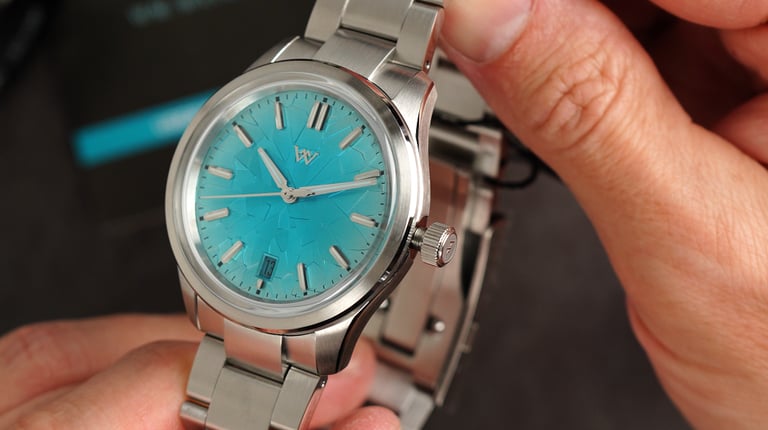



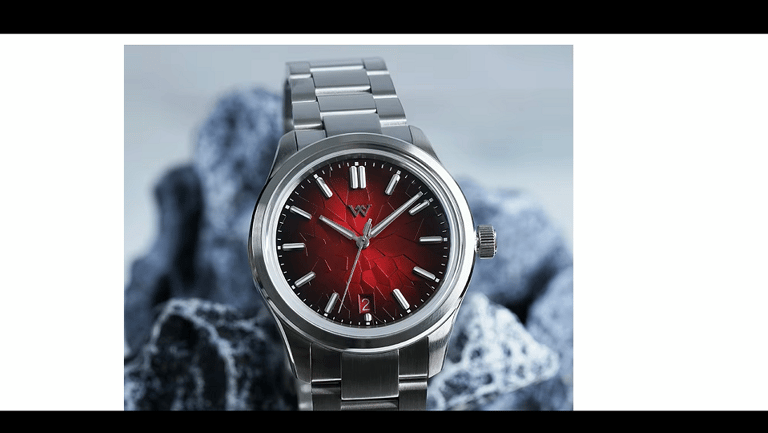

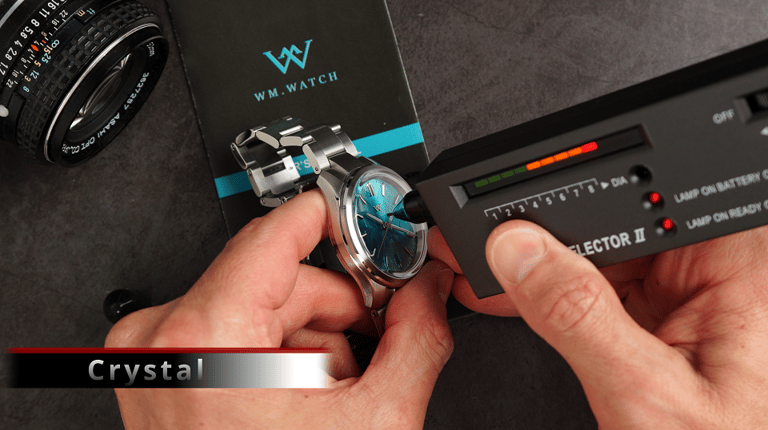

Movement
Inside is the familiar Seiko NH35. It’s not glamorous, but it is reliable — 21,600 vibrations per hour, about 41 hours of power reserve, with hacking and hand-winding. Yes, WM could have gone for a thinner, higher-end Miyota 9000 series, but the NH35 is still a dependable choice, especially at this price. It’s easy to service, robust, and time-tested.
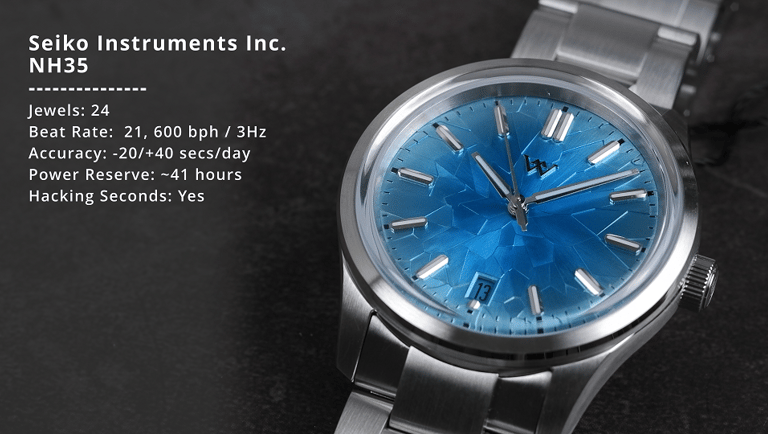

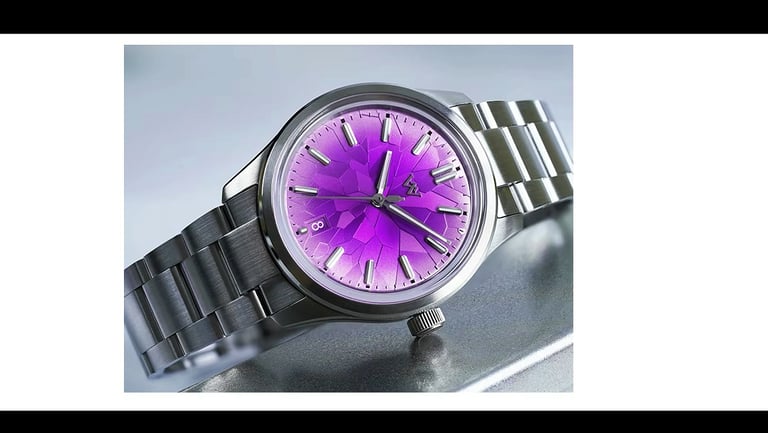

Explore
Discover expert watch reviews and industry insights.
Connect
Follow
© 2025. All rights reserved.
